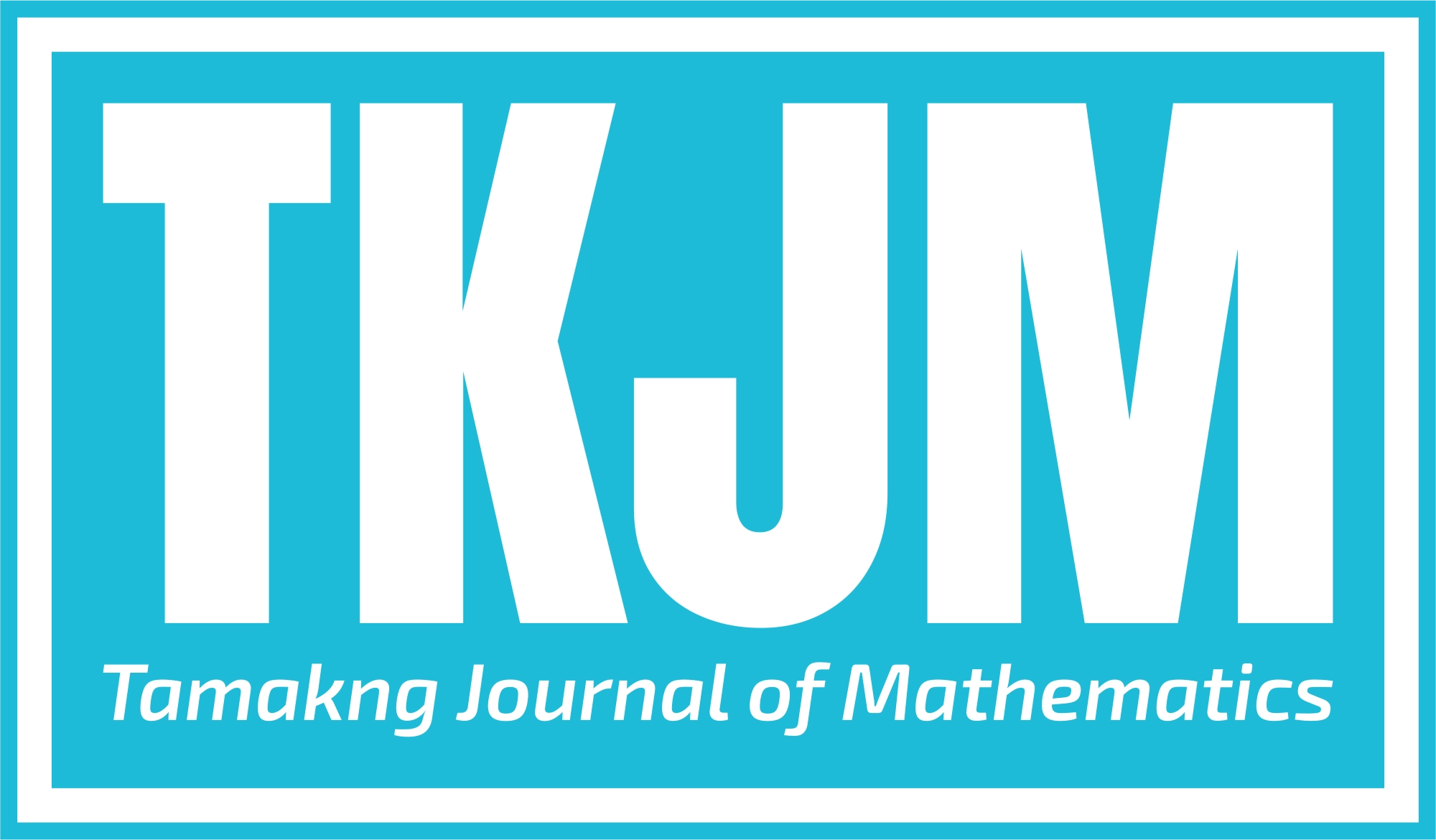Competition of Two Host Species for a Single-Limited Resource Mediated by Parasites
Main Article Content
Abstract
In this paper we consider a mathematical model of two host species competing for a single -limited resource mediated by parasites. Each host population is divided into susceptible and infective population. We assume that species 1 has the lowest break-even concentration with respect to nutrient, when there is no parasite. Thus species 1 is a superior competitor that outcompetes species 2. When parasites present, the competitive outcome is determined by the contact rate of the superior competitor. We analyze the model by finding the conditions for the existence of various equilibria and doing their stability analysis. Two bifurcation diagrams are presented. The first one is in $\beta_1$-$\beta_2$ plane (See Figure 3) and the second one is in $R^{(0)}$-line (See Figure 4).
Article Details

This work is licensed under a Creative Commons Attribution-NonCommercial-ShareAlike 4.0 International License.
References
M. J. Hatcher, J. T. A. Dick and A. M. Dunn, How parasites affect interactions between competitors and predators, Ecology Letters 9:1253-1271, 2006.
D. Herbert, R. Elsworth and R. C. Telling, The Continuous culture of bacteria : a theoretical and experimental study, Journal of Canadian Microbiology 14: 601-622, 1956.
S. B. Hsu, Limiting behavior for competing species, SIAM J. Applied Math. 34(4): 760-730, 1978.
S. B. Hsu, S. P. Hubbell and P. E. Waltman, A mathematical theory for single nutrient competition in continuous cultures of micro-organisms, SIAM Journal on Applied Mathematics 32(2): 366- 383, 1977.
E. O. Powell, Criteria for the growth of contaiminants and mutants in continuous culture, Journal of General Microbiology 18(1): 259-268, 1958.
H. L. Smith and P. E. Waltman, The Theory of Chemostat : dynamics of microbial competition, Volume 13. Cambridge university press 1995.
